Table of Contents
- What Are Calabrian Peppers? Essential Facts
- Defining Calabrian Peppers: Origin and Characteristics
- Calabrian Pepper Heat Level: Scoville Scale Analysis
- Practical Uses: How to Cook With Calabrian Peppers
- Calabrian Peppers Compared to Other Chilies
- Optimal Storage Methods for Maximum Freshness
- Science-Backed Health Benefits of Calabrian Peppers
- Regional Production Insights and Cultural Significance
- Why Calabrian Peppers Belong in Every Kitchen
What Are Calabrian Peppers? Essential Facts
Calabrian peppers (peperoncino calabrese) are small, thin chili peppers (Capsicum annuum) originating from Calabria, a region in Southern Italy. These peppers typically measure 2-3 inches long with slightly wrinkled skin, ripening to bright red (though yellow and orange varieties exist). With Scoville ratings between 25,000-40,000 units, they deliver medium-high heat balanced by distinctive fruitiness and smokiness. Unlike industrial peppers, authentic Calabrian varieties develop complex flavors through Calabria's unique Mediterranean microclimate and traditional sun-drying methods.
This comprehensive guide delivers immediately applicable culinary knowledge for home cooks seeking authentic Italian flavors. You'll learn precise heat measurements, optimal usage techniques, and proper storage methods to maximize flavor while avoiding common mistakes with this premium ingredient.

Defining Calabrian Peppers: Origin and Characteristics
Grown exclusively in Italy's Calabria region, these peppers benefit from a distinctive terroir that cannot be replicated elsewhere. Traditional cultivation on small family farms using centuries-old methods creates a flavor profile unmatched by commercially grown alternatives. The volcanic soil, abundant sunshine, and specific humidity levels in Calabria contribute to the pepper's balanced heat and complex flavor notes.
Unlike many chilies that prioritize heat over flavor, Calabrian peppers offer a sophisticated combination of slow-building warmth (25,000-40,000 SHU), subtle fruitiness, and earthy smokiness. This makes them versatile for both subtle seasoning and bold flavor statements. Their thin walls and moderate size allow for easy integration into sauces, oils, and preserved preparations without overwhelming other ingredients.
Culinary experts consider authentic Calabrian peppers a benchmark for quality Italian ingredients. The region's agricultural traditions, including rooftop sun-drying techniques, create flavor compounds that industrial farming processes cannot duplicate. This explains both their premium price point and growing popularity among professional chefs worldwide.
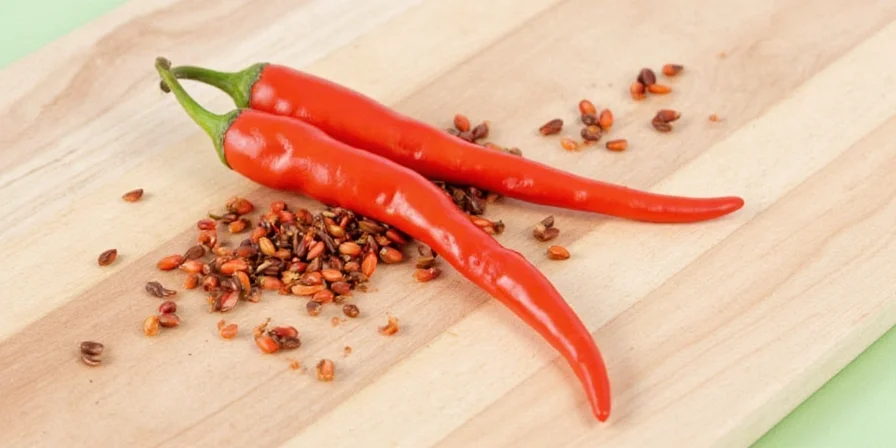
Calabrian Pepper Heat Level: Scoville Scale Analysis
Understanding Calabrian pepper heat is essential for proper culinary application. At 25,000-40,000 Scoville Heat Units (SHU), they deliver noticeable warmth without overwhelming intensity. This places them significantly hotter than jalapeños but milder than habaneros:
| Pepper Variety | Scoville Heat Units (SHU) | Culinary Application Guidance |
|---|---|---|
| Jalapeño | 2,500 – 8,000 | Mild heat; suitable for beginners |
| Calabrian Pepper | 25,000 – 40,000 | Medium-high heat; builds gradually with complex flavor notes |
| Habanero | 100,000 – 350,000 | Very hot; use sparingly for intense heat |
The distinctive characteristic of Calabrian heat is its gradual development and clean finish, lacking the harsh aftertaste common in some commercial hot peppers. This makes them ideal for dishes where heat should complement rather than dominate flavors. For precise control, remember that seeds and white membranes contain the highest capsaicin concentration—remove these for milder applications.

Practical Uses: How to Cook With Calabrian Peppers
Maximize Calabrian pepper potential with these professional techniques:
- Chili paste preparation: Blend 4 roasted Calabrian peppers with 1/2 cup olive oil, 2 garlic cloves, and 1 tsp salt until smooth. This paste maintains optimal flavor when stored in a sealed jar in the refrigerator for up to 2 weeks.
- Infused oil technique: Combine 6 whole dried peppers with 1 cup high-quality olive oil in a sterilized glass bottle. Store in a cool, dark place for 2-3 weeks before use. Strain before use for clear oil, or leave peppers in for continued flavor development.
- Precision seasoning: When using dried Calabrian flakes, start with 1/8 tsp per serving and adjust upward. Their concentrated flavor means less is often more compared to other chili flakes.
- Preservation method: For pickling applications, add 1-2 whole peppers per quart jar. Their thin walls allow flavor to infuse quickly without becoming bitter.
- Emulsion stabilization: When making vinaigrettes, blend peppers directly into the emulsion rather than adding flakes afterward for better dispersion and texture.
Professional chefs recommend using Calabrian peppers in applications where their nuanced flavor can shine: tomato-based sauces, olive oil infusions, and preserved preparations. Avoid high-heat cooking methods that might burn their delicate flavor compounds.
Calabrian Peppers Compared to Other Chilies
Understanding how Calabrian peppers compare to alternatives helps with recipe substitution and flavor planning:
| Chili Variety | Flavor Profile | Heat Level | Best Culinary Applications |
|---|---|---|---|
| Calabrian Pepper | Complex fruitiness, earthy notes, clean smokiness | 25,000-40,000 SHU (Medium-High) | Italian sauces, infused oils, preserved preparations |
| Thai Bird's Eye | Sharp, grassy, floral notes | 50,000-100,000 SHU (High) | Asian curries, dipping sauces |
| Ancho/Poblano | Mildly sweet, earthy, chocolate notes | 1,000-2,000 SHU (Low) | Mole sauces, stuffed peppers |
| Cayenne | One-dimensional heat, minimal flavor complexity | 30,000-50,000 SHU (Medium-High) | General heat addition, spice blends |
Key differentiators: Calabrian peppers offer superior flavor complexity compared to cayenne at similar heat levels. While cayenne delivers straightforward heat, Calabrian peppers provide layered flavor notes that enhance rather than overwhelm dishes. Their heat builds gradually and finishes cleanly—unlike the lingering burn of some hotter varieties.
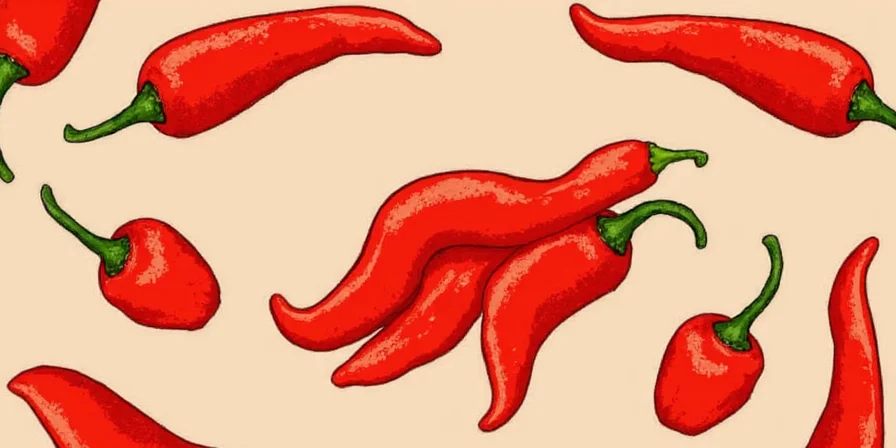
Optimal Storage Methods for Maximum Freshness
Preserve Calabrian pepper quality with these scientifically-backed storage techniques:
- Fresh peppers: Store unwashed in a paper bag inside a perforated plastic container in the refrigerator's crisper drawer. Maintain 90-95% humidity and 45-50°F temperature. Properly stored, they retain peak quality for 10-14 days.
- Dried peppers: Use airtight glass containers with oxygen absorbers in a dark cupboard. Avoid plastic containers which can absorb volatile flavor compounds. Shelf life extends to 12-18 months with proper storage.
- Chili oil preservation: Sterilize glass bottles by boiling for 10 minutes before filling. Fill completely to minimize air exposure. Store in a cool, dark place for 2-3 months. For extended shelf life (6+ months), refrigerate after opening.
- Freezing technique: Flash-freeze whole or sliced peppers on a parchment-lined tray before transferring to vacuum-sealed bags. This prevents freezer burn and preserves volatile flavor compounds better than standard freezing methods.
Quality degradation signs: Dried peppers lose potency when they become brittle or develop off-flavors. Fresh peppers show quality loss through wrinkling, soft spots, or mold development. Properly stored Calabrian peppers maintain their distinctive aroma and vibrant color.
Science-Backed Health Benefits of Calabrian Peppers
Research-supported benefits of incorporating Calabrian peppers into your diet:
- Vitamin C concentration: One medium Calabrian pepper contains approximately 120mg of vitamin C—exceeding the daily recommended intake and outperforming oranges by weight. This potent antioxidant supports immune function and collagen production.
- Metabolic enhancement: Capsaicin increases thermogenesis by up to 5% for 2-3 hours post-consumption, potentially supporting healthy metabolism when consumed regularly as part of balanced diet.
- Cardiovascular support: Regular consumption correlates with improved endothelial function and reduced arterial stiffness in clinical studies, contributing to better cardiovascular health.
- Anti-inflammatory properties: Capsaicin modulates inflammatory pathways, potentially reducing chronic inflammation markers when consumed in culinary amounts.
Important considerations: These benefits reflect population-level research and aren't medical advice. Individual responses vary, and excessive consumption may cause digestive discomfort. Consult healthcare providers for personalized dietary recommendations, especially if managing gastrointestinal conditions.
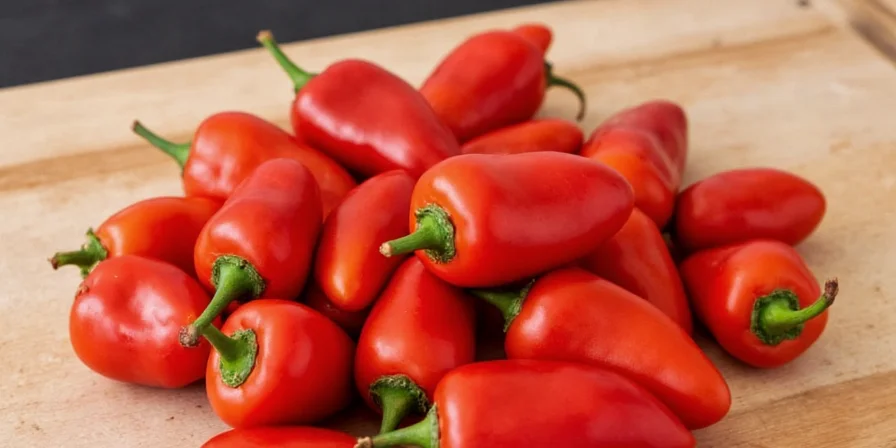
Regional Production Insights and Cultural Significance
- Authentic Calabrian peppers carry Protected Geographical Indication (PGI) status, guaranteeing origin from specific Calabrian regions where traditional growing methods are preserved.
- Family farms in Calabria often use centuries-old sun-drying techniques, spreading peppers on rooftops to develop complex flavor compounds through controlled dehydration.
- The region's volcanic soil contributes distinctive mineral notes not found in commercially grown alternatives, creating a terroir-driven flavor profile.
- Artisan producers sometimes ferment Calabrian peppers for 12-18 months to develop nuanced flavor profiles for premium hot sauces.
- Local Calabrian festivals celebrate the pepper harvest each September, featuring traditional dishes and cooking competitions.
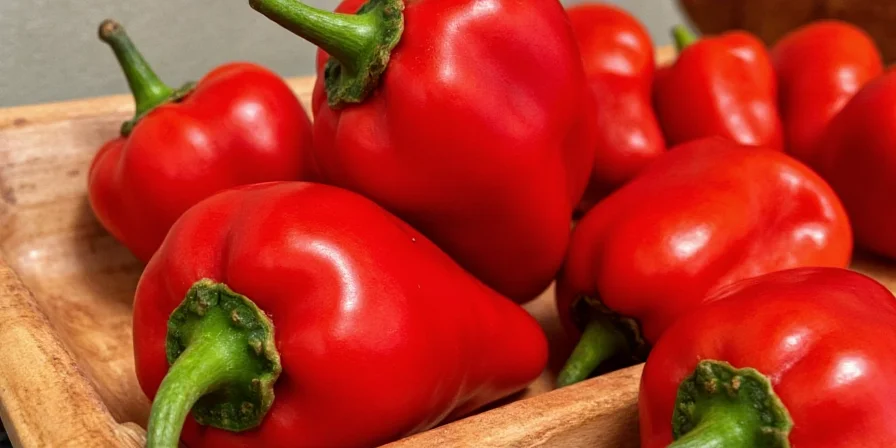
Why Calabrian Peppers Belong in Every Kitchen
Calabrian peppers deliver an unmatched combination of moderate heat, complex flavor, and culinary versatility that justifies their premium status. Their distinctive profile—developed through Calabria's unique terroir and traditional production methods—adds depth to dishes without overwhelming other ingredients. Unlike generic hot peppers, authentic Calabrian varieties provide nuanced flavor notes that enhance rather than dominate.
For home cooks seeking restaurant-quality Italian cuisine, these peppers are indispensable. Properly stored and used with the techniques outlined in this guide, they'll transform ordinary dishes into extraordinary culinary experiences. Whether infused in oil, processed into paste, or used whole in preserved preparations, Calabrian peppers deliver consistent, high-quality results that elevate everyday cooking.
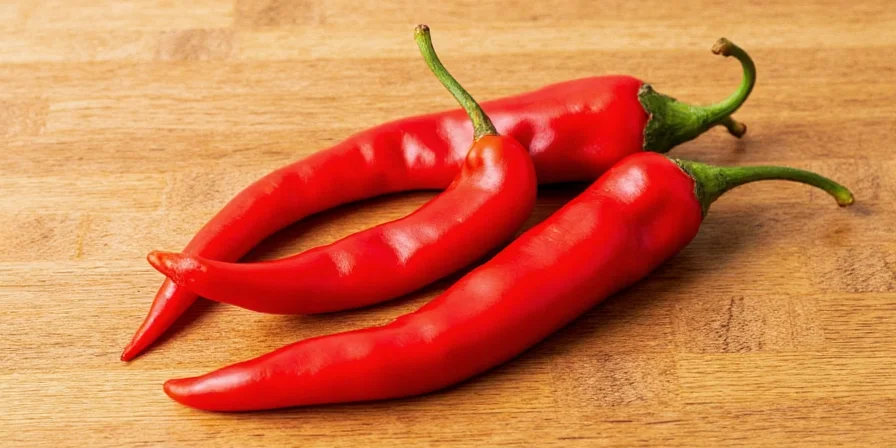
Calabrian Pepper Expert Guidance
What defines authentic Calabrian peppers versus imitations?
Authentic Calabrian peppers carry Protected Geographical Indication (PGI) certification, grown exclusively in Calabria's designated regions using traditional methods. They display characteristic thin walls, moderate size (2-3 inches), and develop complex flavor through sun-drying on family farms. Imitations often lack the nuanced fruitiness and clean heat profile, appearing in generic packaging without origin certification.
How can home cooks maximize Calabrian pepper flavor in everyday cooking?
For optimal flavor extraction, infuse whole dried peppers in high-quality olive oil for 2-3 weeks before use. When using fresh peppers, roast them lightly before incorporating into sauces to develop their natural sugars. Always add pepper early in tomato-based sauces to allow flavor integration, but late in delicate dishes to preserve volatile compounds. Remember that seeds contain concentrated capsaicin—remove for milder applications.
What's the most cost-effective way to use premium Calabrian peppers?
Create multipurpose chili oil by infusing whole peppers in quality olive oil for 2-3 weeks. This single preparation yields both flavored oil (for dressings, finishing dishes) and softened peppers (for sauces, roasting). One ounce of dried peppers typically produces 8-10 ounces of premium oil, multiplying the value of this premium ingredient through versatile applications.
Where can consumers reliably source authentic Calabrian peppers?
Look for Protected Geographical Indication (PGI) certification on packaging, indicating authentic Calabrian origin. Reputable Italian specialty stores, both online and brick-and-mortar, typically carry certified products. Brands like Biona Organic, Gustiamo, and Colavita offer verified Calabrian products. Avoid generic 'Italian chili flakes' which often contain substitute peppers without the distinctive Calabrian flavor profile.










 浙公网安备
33010002000092号
浙公网安备
33010002000092号 浙B2-20120091-4
浙B2-20120091-4